Studies various materials via scanning probe microscopy. By measuring the tunneling current, the local density of states of the sample of interest can be obtained. Main research themes are solitons that exist in 1D charge density waves, 2D van der Waals crystals and graphene.
Femtosecond Spectroscopy Laboratory (Heejae Kim) - Ultrafast Phenomena and Control in Solids
Materials’ functional properties are determined by the interplay among various degrees of freedom (electrons, spin, crystal lattice), in general. We study these interactions in an element-resolved fashion using femtosecond time-resolved techniques (from Terahertz to X-ray spectral range). Further, we aim at discovering new material phases and functions by manipulating a specific degree of freedom with strong field ultrafast optical pulses in quantum materials.
SUPER-RESOLUTION IMAGING & SPECTROSCOPY(Kyoung-Duck Park)
The primary goal of our lab is to develop ultrafast super-resolution microscopy and spectroscopy with spatial and temporal resolutions of <10 nm and <100 fs, respectively, surpassing the diffraction limit of light. This advancement will enable the observation of previously unobservable physical phenomena in both the time and space domains. In terms of instrumentation, our focus is on pioneering novel near-field imaging and spectroscopy techniques that redefine the current paradigm of near-field microscopy. Regarding the characterization of condensed matter, our research is centered on uncovering the newly emergent physical properties in nanoscale regions of low-dimensional quantum materials, including the ultrafast dynamics of various quasiparticles. Furthermore, we not only explore the quantum optical properties of novel quasiparticles dynamically control them in the strong coupling regime through tip-enhanced cavity-spectroscopy.
Electron Spectroscopy (Jae Hoon Park)
By controlling condensed matter at atomic level, it is possible to find interesting physical properties not easily found in bulk state. This is important in that it can lead to discovering how physical properties of condensed matter systems are related. Here, we synthesize artificial complex oxides to comprehend and predict the nature of condensed matter systems.




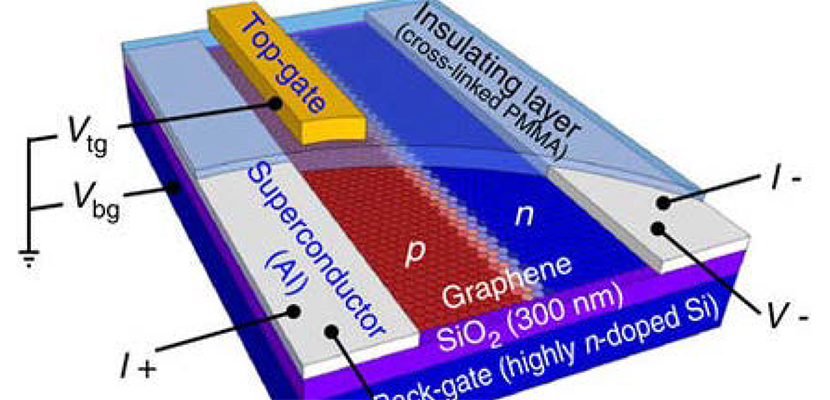

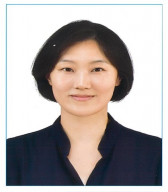
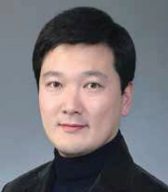
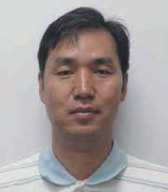

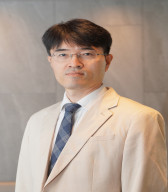
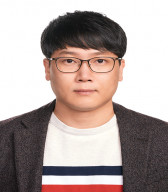
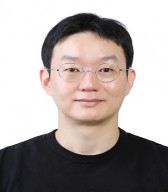
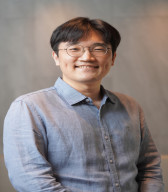
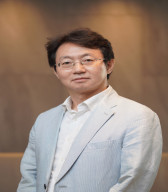
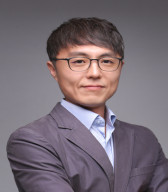
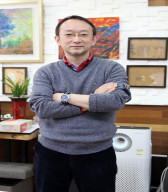


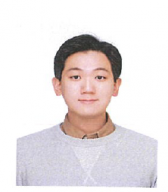

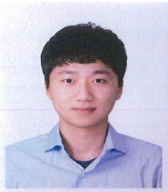
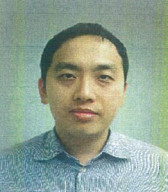
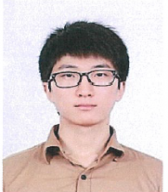
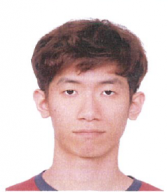
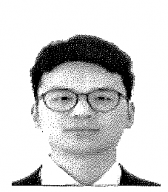
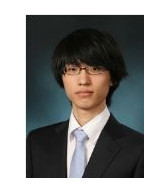

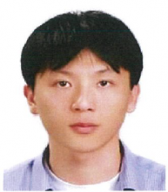

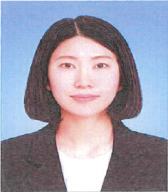
-2.gif)








 Login
Login


